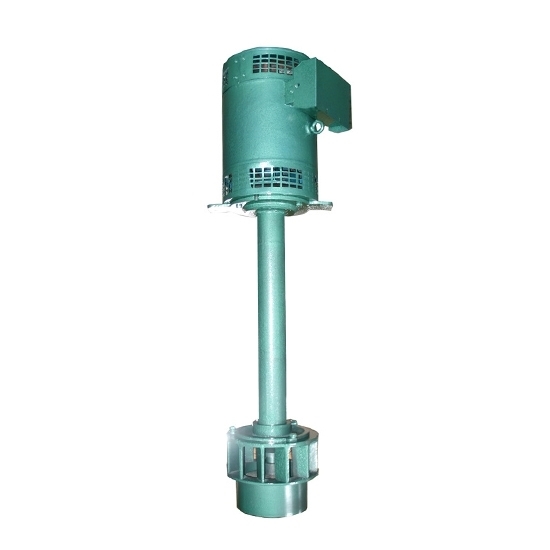
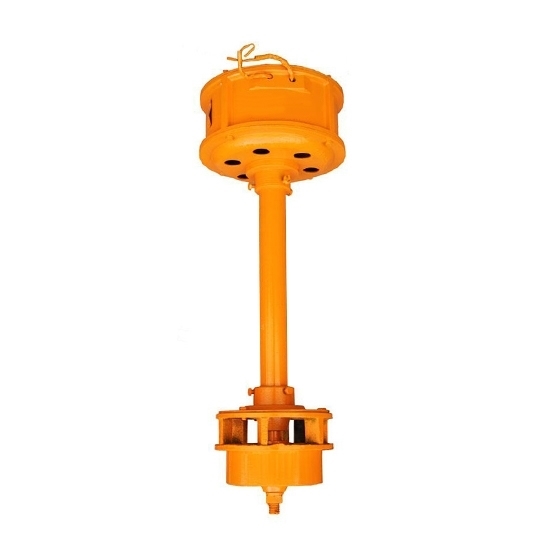
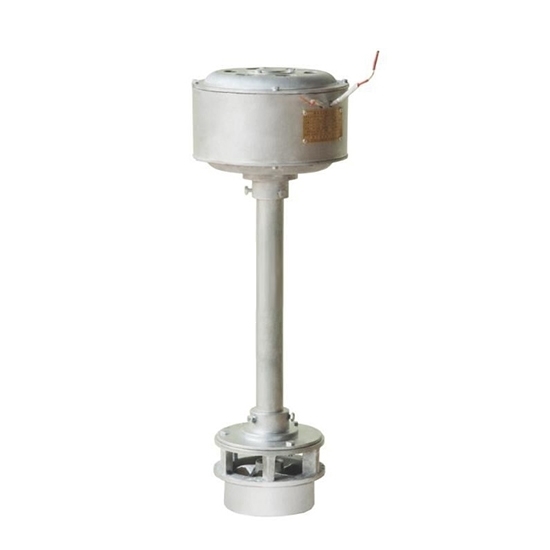
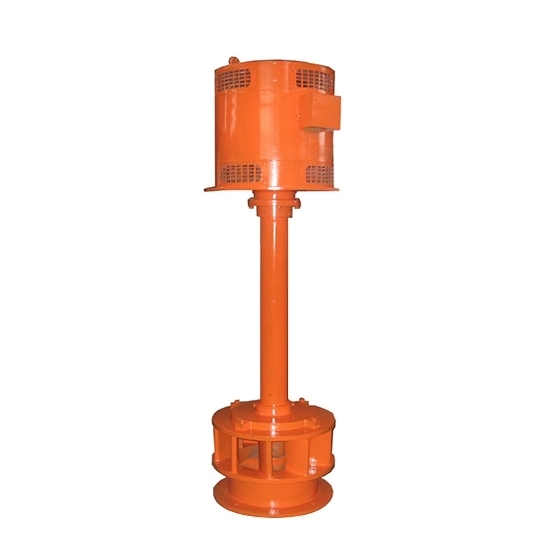
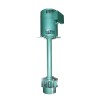
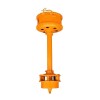
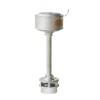
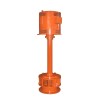
- Stock: In Stock
- Model: RDDLZ-HT-3KW
- Weight: 1.00
- SKU: RDDLZ-HT-3KW
Available Options
Note: This 3kW vertical hydroelectric turbine generator cannot be used for drinking water.
Mini 3000 Watt vertical hydro generator utilizes axial flow design, supports 2m–4m head and 0.09–0.14m³/s flow, produces 220V output, perfect portable hydroelectric power generator for small-scale hydropower sites like creeks or mini-dams.
Specification
| Power | 3kW |
| Voltage | 220V |
| Applicable water head | 18m ~ 40+m |
| Volume of water flow | 0.0124 ~ 0.0135 m³/s |
| Design Head | 2m ~ 4m |
| Design Flow Rate | 0.09 ~ 0.14 m³/s |
| Waterleaf Diameter | 18cm |
| Speed | 500 ~ 1500 rpm |
| Power generation method | Water wheel |
| Water inlet method | Axial flow |
| Material | Pure copper |
| Weight | 38kg |
Features
- High efficiency power generation: 3kW vertical water turbine generator maximizes energy conversion even at low water heads.
- Reliable performance: Designed for continuous, quiet operation with minimal maintenance required.
- Compact and portable design: Small hydro turbine generator offers easy installation and transport for versatile use.
- Eco-friendly operation: Produces zero emissions, leveraging natural water flow sustainably.
- Wide application suitability: Ideal hydropower turbine for small rivers, irrigation channels, and remote locations.
Structure Diagram
Installation Diagram
Application
Tips: What water flow and head do I need to power a 3000W vertical hydropower turbine?
To determine the required head and flow rate for a 3kW miniature axial-flow hydroelectric generator, use the formula: Power = Head × Flow × Gravity × Efficiency.
Head and flow rate are mutually dependent: higher head reduces flow requirements, and vice versa.
Typically, at medium head (3-5 meters), a flow rate of approximately 0.06-0.1 cubic meters per second is required; at lower head (1-2 meters), a higher flow rate of approximately 0.2-0.3 cubic meters per second is required. System efficiency (typically 80%) directly influences the final value. Specific requirements depend entirely on site conditions. It is recommended to conduct actual measurements and consult the manufacturer's performance curves for accurate calculations.
